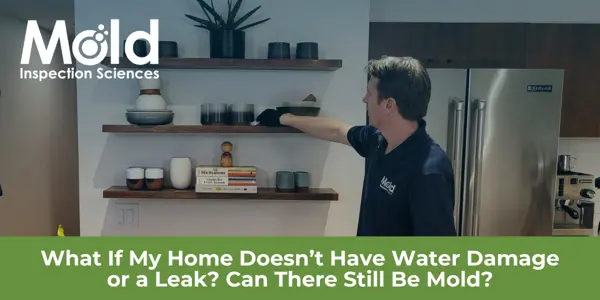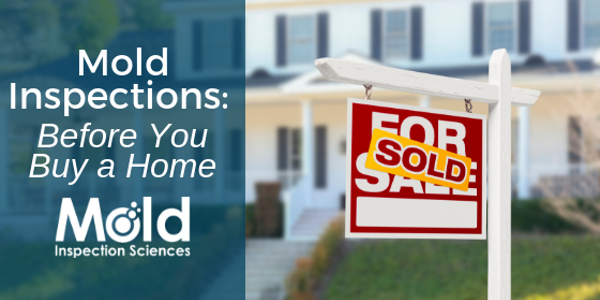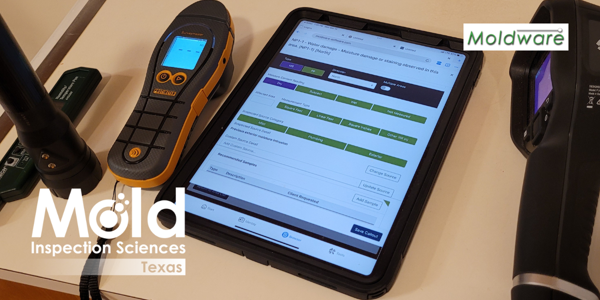Avoiding a Moldy Mess
How Construction Defects Increase Mold Risk
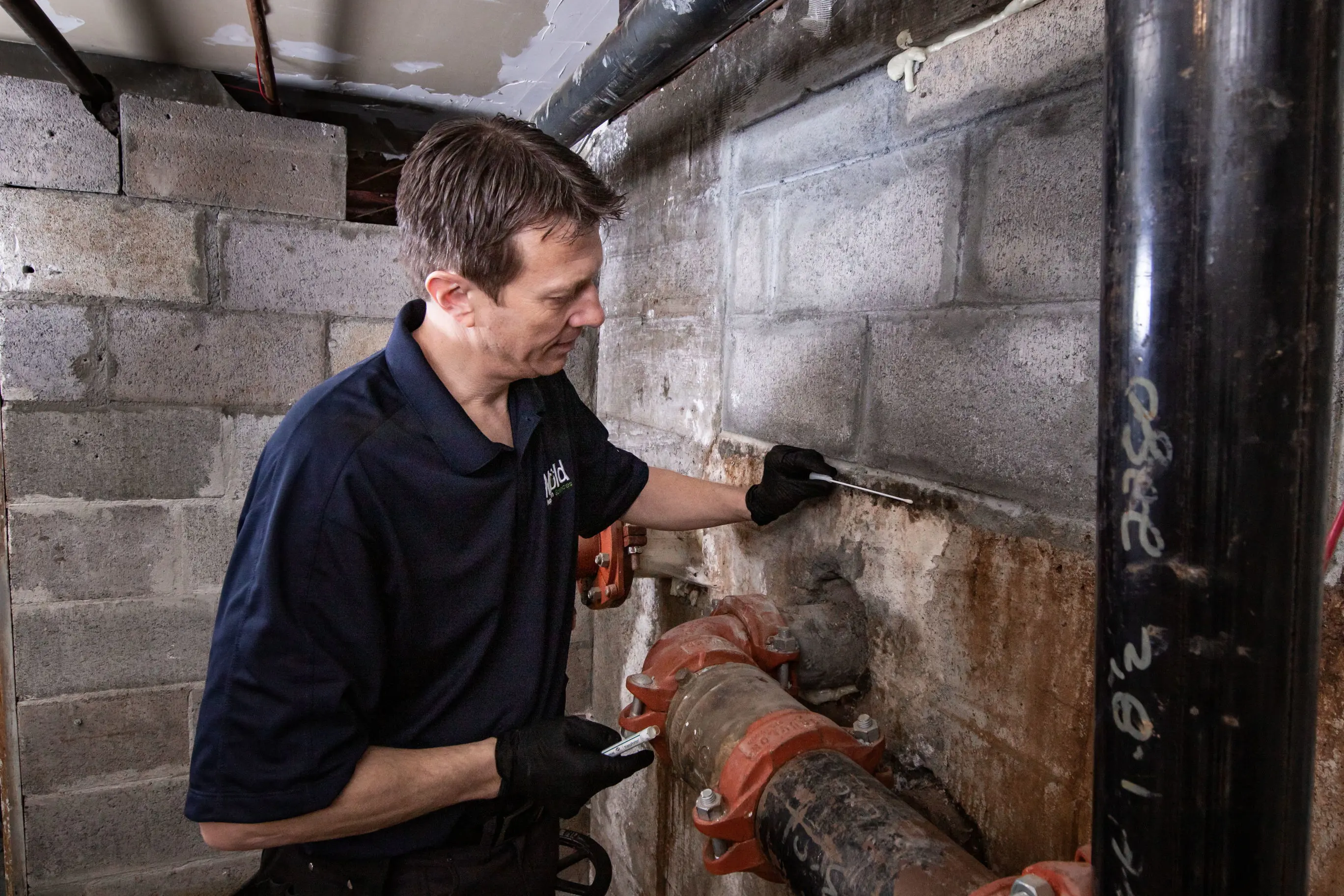
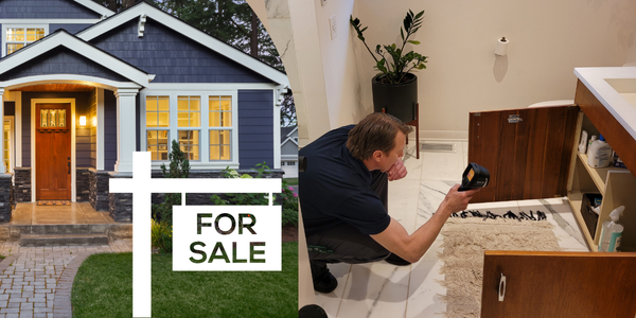
When purchasing a new home, most buyers focus on its appearance, location, and price. However, one critical factor that often goes unnoticed is the risk of mold. Mold is not only a health hazard but can also lead to costly repairs.
While you might expect older homes to have a higher risk of mold, newer properties are not immune—especially if construction defects are present. Poor workmanship, improper material installation, or failure to meet building standards can create the perfect environment for mold growth.
By understanding the impact of these construction flaws, you can prevent or address potential mold problems before they become overwhelming.
Hidden Mold Risks

Many homebuyers assume that mold is only a problem in older homes, but new construction is just as susceptible, especially when builders cut corners or fail to follow best practices. Small construction defects, often hidden from plain sight, can create the perfect conditions for mold to thrive.
While new homes are designed to be energy-efficient and tightly sealed, this can sometimes backfire. Poorly executed installations or overlooked details can trap moisture inside walls, attics, basements, and HVAC systems, encouraging mold growth. Some of the most common construction-related issues include:
- Poor Site Drainage: Water pooling around a home’s foundation due to improper grading can cause moisture to seep inside, fostering mold.

- Inadequate Waterproofing: Missing or poorly installed barriers in basements or around windows and doors can allow water to enter, leading to mold behind walls.

- Roofing Errors: Incorrectly installed flashing or poor roof sealing can result in water leaks into the attics or walls.


Construction Codes and Molds
While building codes aim to minimize moisture-related problems, they are not entirely foolproof. Codes often specify general standards for water barriers, flashing, and roof installation, but these guidelines can leave room for interpretation. Builders may overlook or skip key details, increasing the risk of water intrusion and, ultimately, mold.
It’s also important to note that mold inspections aren’t always part of the standard home inspection process. In many cases, buyers only become aware of mold after it’s too late—when extensive damage has already occurred. Mold inspections should be an essential part of your due diligence when purchasing any home, especially new construction.
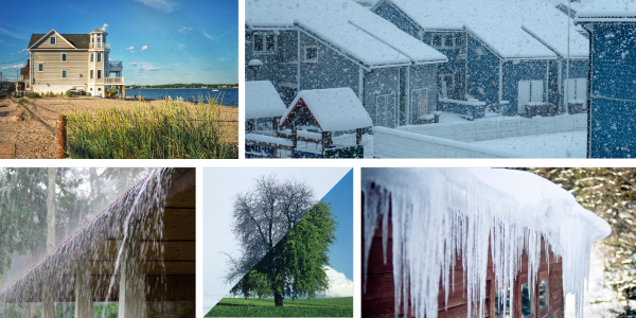
Regional Factors and Mold Risk
It’s important to understand that mold risk can vary based on location. Homes in humid climates, areas prone to heavy rainfall, or regions with fluctuating temperatures may face a higher risk of mold development, especially if the construction isn’t adapted to local conditions. For instance, homes in coastal areas often contend with excess humidity, while homes in regions with heavy snow require better roofing to prevent ice dams and water seepage.
Prevention: Get a Mold Inspection
If you’re considering buying a home, a professional mold inspection is your best defense against mold-related issues. At Mold Inspection Sciences, our certified inspectors start with an indoor environmental assessment, using moisture detection equipment and infrared technology to identify potential problem areas that aren’t visible to the naked eye.
We measure moisture levels in walls, flooring, ceilings, and other materials to ensure any hidden issues are caught early. In addition to a comprehensive inspection, we recommend sampling tailored to your property’s specific needs. Sampling is crucial to confirm the presence and type of environmental hazards, allowing us to suggest appropriate remediation steps. For mold-sensitive clients, particularly those with chronic inflammatory response syndrome, we offer specialized qPCR sampling.
If mold is detected, it’s essential to have it professionally removed. We can recommend local trusted mold remediation companies that guarantee their work. We strongly advise against DIY mold removal, as it can be dangerous and may worsen the problem. Mold spores can spread if not properly contained, potentially contaminating other areas of the home. Depending on the severity, it may even be necessary to vacate the home temporarily or seal off affected areas to prevent further exposure.
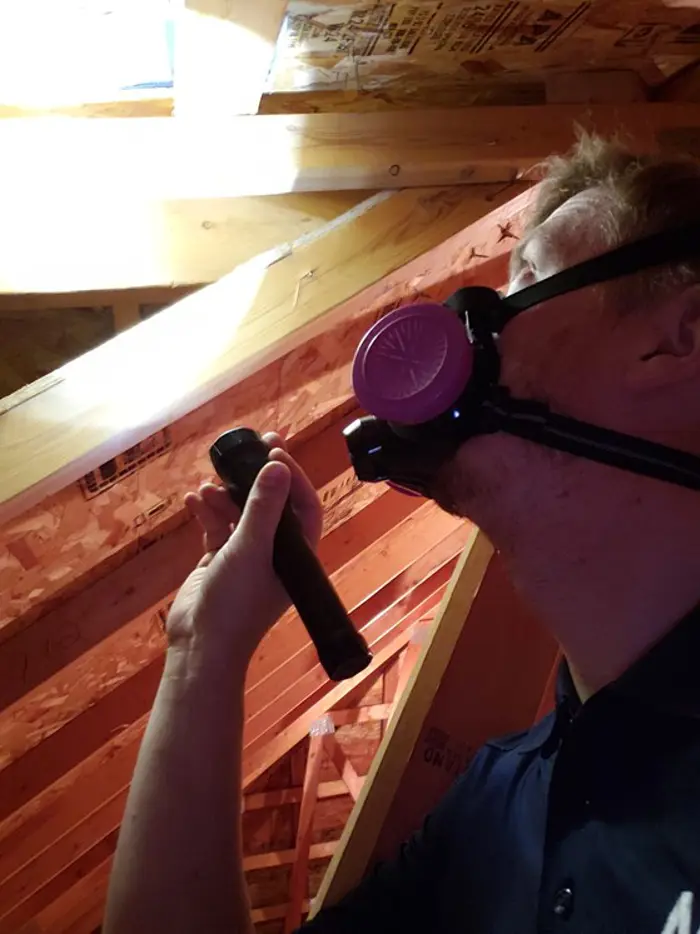
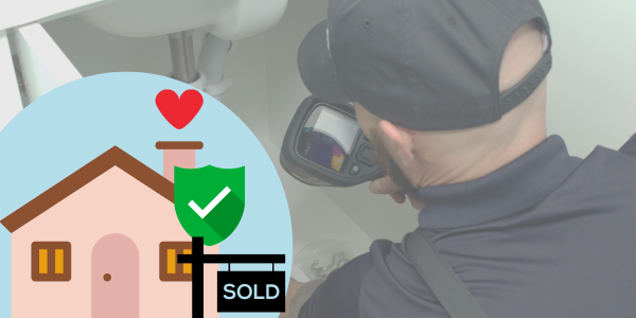
The Bottom Line...
Mold problems can hide in even the most pristine-looking new homes, often caused by construction defects that aren’t immediately apparent. A thorough mold inspection before finalizing your home purchase is crucial to avoiding costly and potentially hazardous situations. Don’t rely on standard home inspections to catch mold risks—be proactive and protect your investment.
If you have questions about a property you’re considering or want to schedule an inspection, contact one of our mold specialists. You can reach us at 1.888.335.6653.

